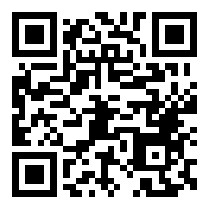Home ﹥ latest news > News and Information > Strategic Automation Blueprint for Taiwan’s Hospitality Industry (2025–2026) 2025-07-30
Executive Summary in English
1. Industry Context & Strategic Framework
-
Post-COVID recovery is uneven; key issues include severe labor shortages, rising costs, and regulatory constraints.
-
Strategy uses PESTEL, Porter’s Five Forces, and ROI modeling to assess viability of automation in the hospitality sector.
2. Core Strategic Hypothesis
-
Targeted automation can reduce labor dependence by 20–30% while enhancing service quality and operational resilience.
-
Key technologies: self-order kiosks, automated dishwashers, serving robots, smart vending solutions.
-
Local providers like Yojye Electronics have an edge in customization and after-sales support.
3. Market & Operational Parameters
-
Small-medium operators seek ROI within 12–24 months; budget-sensitive.
-
Foodservice revenue to reach NT$1.12 trillion by 2026; hotel sector growth hinges on inbound tourism.
-
Consumer receptivity to automation is growing, though premium segments still value personal interaction.
4. Financial Feasibility & ROI
-
Self-service kiosks achieve ROI in ~6 months; dishwashers <1 year; robots ~1 year.
-
Staged investment approach recommended to mitigate financial and technical risk.
5. Risk Management
-
Identified risks: tech compatibility, financial returns, staff attrition, customer adoption.
-
Countermeasures: SLA contracts, pilot deployments, training programs, dual service models, insurance coverage.
6. Implementation Roadmap
-
Three-phase rollout:
-
Pilot Stage (H1 2025)
-
Scaling & Optimization (H2 2025–H1 2026)
-
Full AI-Integration & Innovation (H2 2026 onward)
-
-
Key milestones include reduced wait times, +30% productivity, and creation of flagship smart outlets.
7. Organizational Transformation
-
Reskill frontline staff into supervisory or customer engagement roles.
-
Foster a digital learning culture via “Digital Ambassadors.”
-
Adjust structure and KPIs to support tech-enabled operations.
